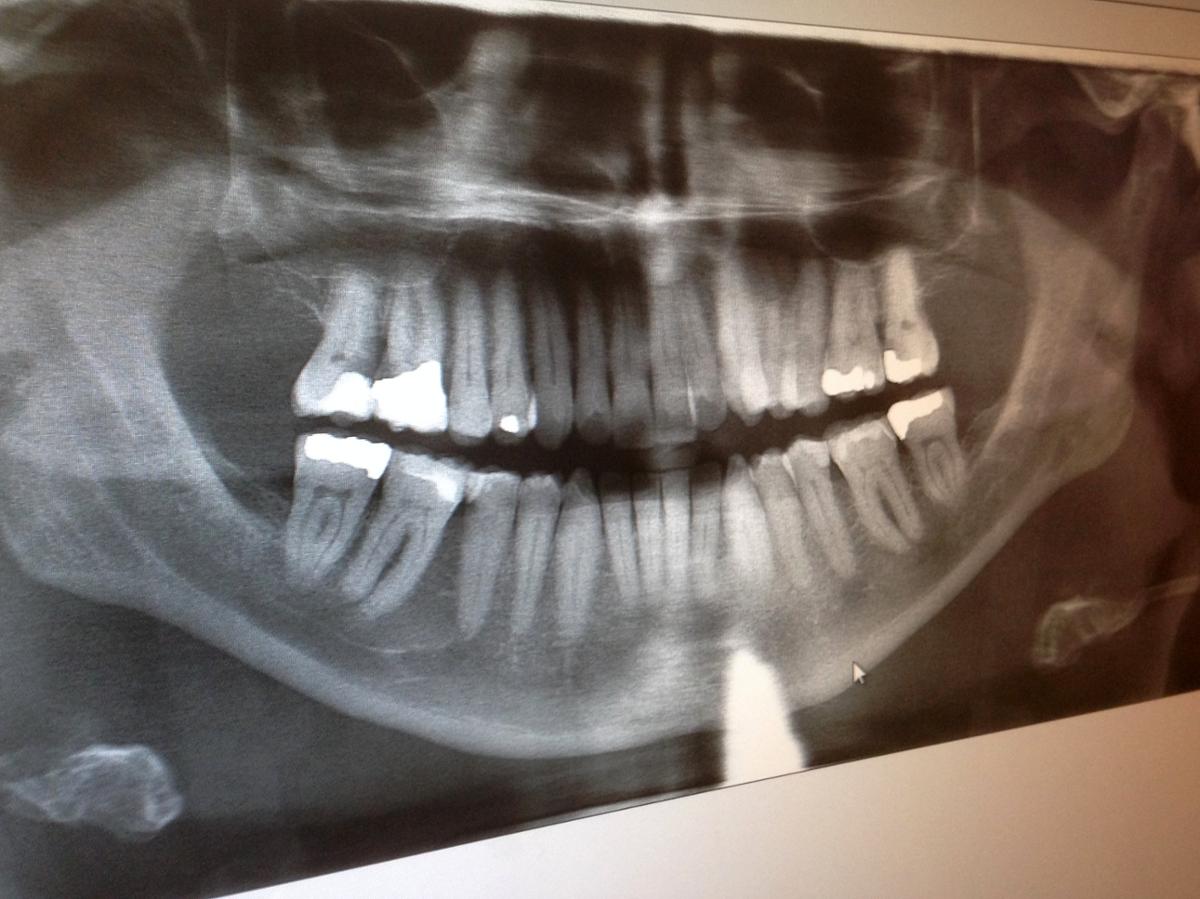In an interview with Dick Cavett, Lucille Ball made a spooky claim: while driving down a bumpy road, she began to hear music—not from her radio, from inside her mouth!
Were Lucy’s tooth fillings really picking up radio signals, or is this just another tall tale?
Tooth fillings used to be an amalgam of mixed metals like tin, copper, and even mercury. Due to health concerns, amalgam fillings are no longer used today.
But what if you still have metal in your mouth? Well, that might make you a good candidate for becoming a human radio—at least in concept.
First, you need an antenna: something to pick up radiation in the air. Even tiny scraps of metal can get the job done. When the metal makes contact with water, such as the saliva in your mouth, a miniature semiconductor is born. Now, all you need is a speaker.
Audio speakers generate quick vibrations, correlating with the sound waves of a song on a radio signal. When Lucy was driving down a bumpy road, the speed of her car might have been just enough to create vibrations from the loose fillings in her mouth. Her mouth echoed the sound, and violà—music in her head!
This phenomenon might make sense in concept, but it has been difficult to reproduce in a lab.
However, some studies indicate that amalgam fillings could function as antennas for more harmful forms of radiation. When close to a cellphone, for example, a person who still has amalgam fillings could experience severe dizziness or fatigue.
So, if you are listening to this episode of A Moment of Science from your mouth, it might be time to go back to the dentist.










